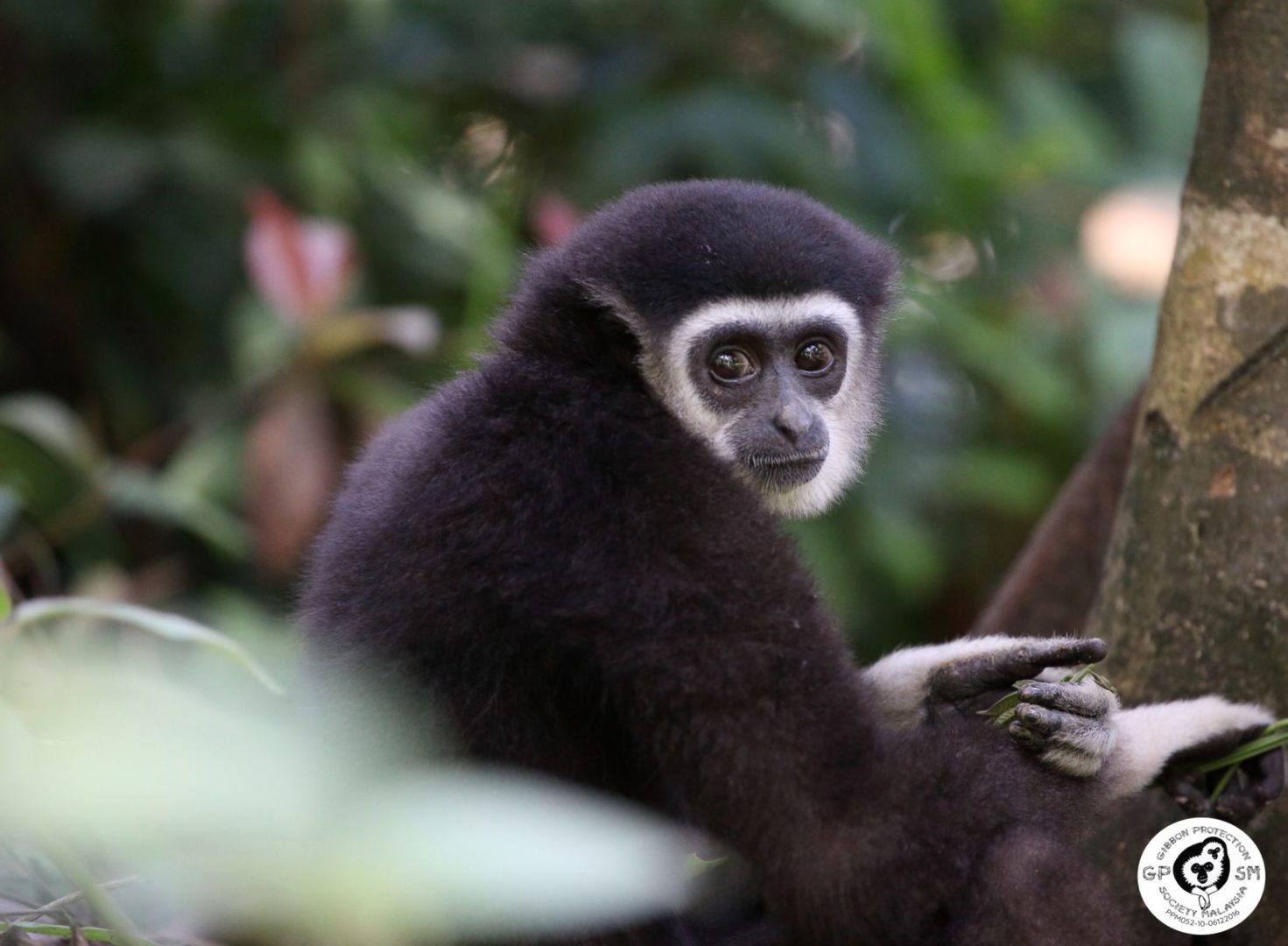In the heart of Malaysia's lush jungles, a silent struggle for survival is unfolding. The…

Malaysia must show leadership in wildlife rehabilitation to save the Malayan Tiger and other threatened species
The end of the National Tiger Action Plan
Now that the tragic year of 2020 has just ended and the 21st century has come of age, it is a fitting moment to reflect on the future of Malaysian Wildlife. Significantly, this point in time also marks the end of the National Tiger Action Plan which was carefully formulated in 2008 to achieve a revival of the Malayan tiger. Sadly, the target of 1,000 wild tigers has been missed. In fact, the Malayan Tiger is in terminal decline. Unless Malaysia can show leadership in wildlife rehabilitation, the tiger is expected to go extinct soon. Personally, this is a source of deep regret. My own involvement with wildlife conservation in Malaysia began at the start of the action plan, around 2008. It sprung from a lifelong love for animals and a particular passion for the tiger. In popular opinion, it is the most favourite and majestic species on the planet.
Leadership and vision are urgently required
 The year 2020 was also meant to mark when Malaysia would be of age as a ‘fully developed nation’. This touches a nerve for many Malaysians. Recent polls show that only 40% agree that the county has indeed achieved its Wawasan 2020 goals. So what went wrong? Why has Malaysia not met the target of 1,000 wild Malayan tigers? The analogy of Malaysia (ranked 63 ) becoming fully developed is useful here. Is this relevant for wildlife protection?
The year 2020 was also meant to mark when Malaysia would be of age as a ‘fully developed nation’. This touches a nerve for many Malaysians. Recent polls show that only 40% agree that the county has indeed achieved its Wawasan 2020 goals. So what went wrong? Why has Malaysia not met the target of 1,000 wild Malayan tigers? The analogy of Malaysia (ranked 63 ) becoming fully developed is useful here. Is this relevant for wildlife protection?
Conversely, there are good examples of nations that have been able to boost its tiger population, notably India (ranked 131) and Russia (ranked 52). If a country like India, which ranks well below Malaysia in terms of development, can double its tiger population in about 15 years, then surely there are lessons to be learnt.
The first and crucial lesson is linked to leadership. Undoubtedly, the late prime minister of India, Indira Gandhi, left one enduring legacy by setting up the ‘Project Tiger’ in 1973. When there were only 1,800 wild Bengal tigers left, she established the largest conservation initiative to save a single species at the time. If national leaders would have had the foresight to include such an idea in ‘Wawasan 2020’ , then things would have been different today for Malaysian wildlife. To a lesser extent, a similar story applies to Russia and Nepal, where the governments have a special focus on wildlife protection. Consequently, these countries have also seen modest improvements in their tiger populations and their related wild landscapes.
Conservation must include leadership in wildlife rehabilitation
Apart from inspired vision at the highest national level, there is also a need for engagement at lower levels. Often, this involves major culture change in wildlife departments and the wider local conservation community. In Asia, these players are generally under resourced and underskilled.

Again, helpful precedents exist all over South East Asia. Indonesia created a range of wildlife rescue centres across its archipelago to support local wildlife crime enforcement actions. Furthermore, the country has encouraged public-private partnerships by allowing specialist NGOs to operate these centres. As a result, Indonesia is home to acclaimed wildlife programmes such as the Borneo Orangutan Survival Foundation in Kalimantan. It has rehabilitated and released hundreds of Bornean orangutans, after they were rescued and brought to their centres.
Certainly, Malaysia is lagging behind in terms of leadership in wildlife rehabilitation. The situation is poor or patchy at best, despite all its neighbours having effective private rehab centres for multiple species. The only meaningful rehab work is taking place in East Malaysia. Notably, at newer excellent centres such as the Bornean Sun Bear Conservation Centre in Sabah. In partnership with the Sabah Wildlife Service , it has taken in rescued bears and successfully released them into the wild. Normally this process takes at least 5 years for each individual animal.
But in peninsular Malaysia, which is the only habitat of the Malayan tiger, the situation is less encouraging. The Wildlife Department, called Perhilitan, has no track record of effective rehabilitation. On the contrary, it has a long history of dubious methods and mismanagement. Additionally, the agency keeps any animals that are rescued, or ‘confiscated’ as Perhilitan likes to describe its rescue activities, in poor conditions at its sub standard facilities, such as Sungkai in the state of Perak.

Perhilitan’s most recent controversial operation does not bode well for any improvement. It forcibly seized 6 Lar gibbons, a highly endangered species, from the only primate rehab centre on the peninsula. Among these gibbons were Bella and Chantiq, who were featured in the popular BBC series ‘Primates’ which aired in 2020. The action by Perhilitan was linked to a personal dispute between the agency’s Director-General and a former staff member. Clearly, this demonstrates that the agency does not prioritize the rewilding of the gibbons whose chances of release have been sabotaged.
Conservation of captive and wild populations must be integrated
Attitude change should happen within the wider conservation community in Malaysia. Many local conservation practitioners are failing to recognise the advancing science around rehabilitation and reintroduction of wild animals. This is evident from the ongoing debate about captive populations and reintroductions. Although it is still evolving, the approach has been used effectively to boost dwindling wild populations or even to revive locally extinct animal species. Of course, this should not happen at the expense of vital enforcement action which has been the main focus in Malaysia in recent years. Fundamentally, conservation actions in the field and at wildlife centres should be integrated.
Again in the pivotal year of 2020, the IUCN formally highlighted the need to take urgent action EARLY ENOUGH BEFORE a species has been reduced to a small number of individuals. The International Union for Conservation of Nature is the world’s leading institution concerned with the status of the natural world and protection of endangered animals. It recommends that in situ (wild) and ex situ ( captive) conservation efforts are linked. Practically, conservationists should leverage the role of rehabilitation and breeding programmes by high-quality zoos and specialist centres to prevent extinctions.
With the establishment of a National Tiger Conservation Centre, Perhilitan is trying to kickstart this approach. Despite criticism by local conservationists, the success of this centre will be dependent on the agency’s willingness to involve third party experts and tiger NGOs to develop leadership in wildlife rehabilitation. As mentioned, for some species such as orangutans, this integrated approach has already shown success. In the case of the tiger, this is beginning to happen. Indonesian NGOs have carried out Tiger rehabilitation and reintroductions with the assistance of the world’s foremost wild cat NGO Panthera. The science around this process is still developing, but there is no doubt that this strategy, as suggested by the IUCN, is the only way forward for Malaysia’s endangered species.
Is extinction forever?
In conclusion, it seems clear that the main lessons to be learnt are all about culture change and innovation. To save its iconic species from extinction, Malaysia must have vision at national leadership level. Equally, the wildlife department must demonstrate leadership in wildlife rehabilitation. Moreover, local conservationists must be open to integrating activities in the wild and in captivity. Such transformations will involve failures and setbacks. By being transparent in this transformation process, public support and awareness will increase.
In terms of development ranking, this is not a ‘white saviour’ message. Far from it. Many countries that are now embracing rewilding are doing so because they mismanaged their natural resources decades or even centuries ago. The U.K. has one of the lowest levels of biodiversity in the world. But it has recently seen the return of the Eurasian Beaver. This animal used to be widespread but was hunted to extinction in the 16th century. The beaver’s re-introduction is partly due to its beneficial role by improving rivers and water catchment areas. But this advance also happenend because of an EU directive which prescribes that habitats must be restored by beaver introductions to their former range in 26 European countries.
Collaboration is vital
South East Asia should avoid the European mistake of allowing keystone species to go extinct for centuries. Similar platforms, such as ASEAN, exist to kickstart region wide initiatives and knowledge sharing. Again, this is crying out for leadership and collaboration. Above all, this cautionary tale shows that the transformation required is a long and arduous process. It takes decades to achieve results. But the alternative , the path to extinction, can take centuries to correct, if at all!
About 10 years ago, I researched and wrote about public-private partnerships to save the tiger. Single-mindedly, I plan to bear witness 10 years from now and beyond, with the sincere hope that the necessary leadership in wildlife rehabilitation to save the Malayan tiger will happen in my lifetime!
Claw Back from imminent extinction
Imagine a country of about 30 million inhabitants, surrounded by ocean and blessed with natural beauty. It is one of the most biodiverse countries on the continent. But many of its native species are threatened. It is home to a majestic feline predator. This wild cat has lost more than 80% of its range due to habitat loss and poaching. This cat species is close to extinction with less than 100 remaining in the wild. Urgent action is needed to halt this tragic loss.
Does this country sound like Malaysia? Actually, the above facts describe Spain in 2000 and the status of the Iberian Lynx. This European wild cat was close to extinction. So, a small group of determined conservationists lobbied the government, landowners and the public. They managed to start a project to save the cat from extinction. Through breeding and reintroductions over a period of 20 years, the population has recovered from 94 in 2002 to 855 in 2020.
The latest phase of the programme, the five-year Life Lynxconnect project, has a budget of €18.8m, 60% of which comes from the European Union.

The Malayan tiger is the national animal of Malaysia. The animal is featured on the country’s coat of arms, as a traditional Malay symbol representing courage and strength. The Coat of Arms is widely used by Government ministries and agencies. Also, it is part of the Royal Standard of the Malaysian king. The extinction of the Malayan tiger in the wild would be a national tragedy.




